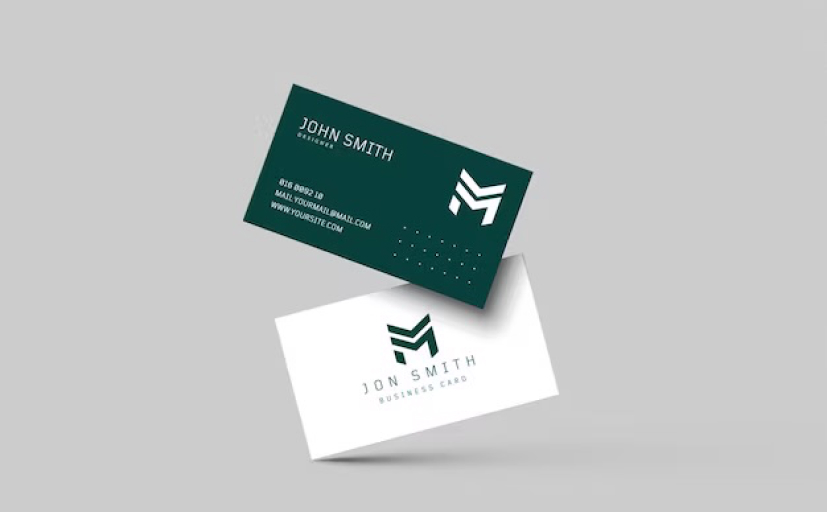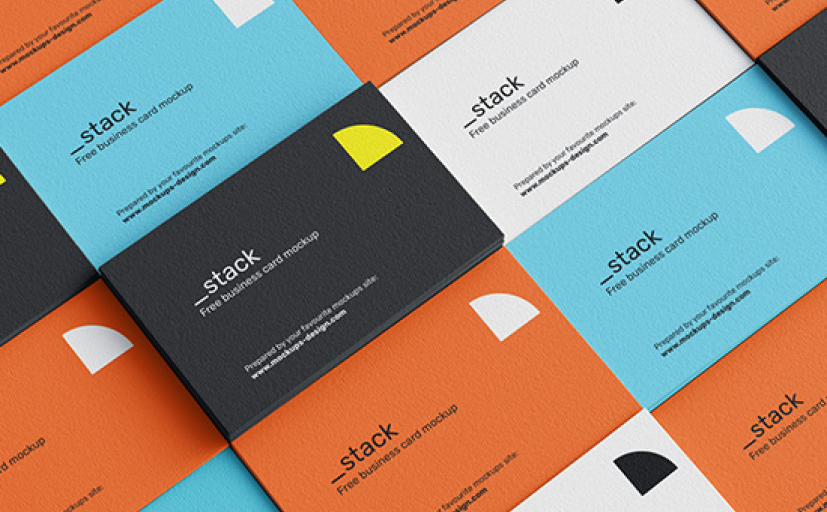Business cards are ubiquitous in the professional world, serving as essential tools for networking and brand representation. But what exactly is a business card, and why is it so important? Let’s explore the fundamental aspects of business cards.

1. Definition of a Business Card
A business card is a small, printed card that contains an individual’s contact information and professional details. It serves as a tangible representation of one’s brand, providing essential information in a compact format.
2. Key Components of a Business Card
A typical business card includes:
– Name: The individual’s full name.
– Job Title: The person’s position or role within the company.
– Company Name: The name of the organization or business.
– Contact Information: Phone number, email address, and sometimes a physical address.
– Website: The company’s or individual’s website URL.
– Social Media Handles: Relevant social media profiles for professional networking.
3. The Purpose of a Business Card
Business cards serve multiple purposes:
– Networking: They are essential for making new professional connections and fostering relationships.
– Brand Identity: Business cards reflect the brand’s identity through design elements like logos, colors, and fonts.
– Professionalism: Handing out a well-designed business card signifies professionalism and attention to detail.
– Convenience: They provide a quick and easy way for others to remember and contact you.
4. Historical Context
Business cards have a rich history, dating back to 17th century Europe, where they were used as trade cards by merchants. Over time, they evolved into the modern business cards we use today, adapting to technological and design advancements.
5. Types of Business Cards
There are several types of business cards, each catering to different needs:
– Classic Business Cards: Traditional design with essential information.
– Digital Business Cards: Incorporate QR codes that link to online profiles or digital portfolios.
– Specialty Cards: Include unique materials, shapes, or finishes to stand out.
6. Designing an Effective Business Card
Effective business card design involves:
– Clarity: Ensuring the information is easily readable.
– Brand Consistency: Using brand colors, logos, and fonts consistently.
– Quality Materials: Choosing durable, high-quality paper or cardstock.
– Simplicity: Keeping the design clean and uncluttered.
7. The Impact of a Business Card
A well-crafted business card can make a significant impact. It can leave a lasting impression, facilitate connections, and promote your brand long after the initial meeting. In a world where digital interactions are prevalent, a tangible business card offers a personal touch that can set you apart.
Conclusion
A business card is more than just a piece of paper; it’s a powerful networking tool that conveys professionalism, brand identity, and essential contact information. Whether you’re a seasoned entrepreneur or just starting, investing in well-designed business cards can significantly enhance your professional presence and networking efforts.

